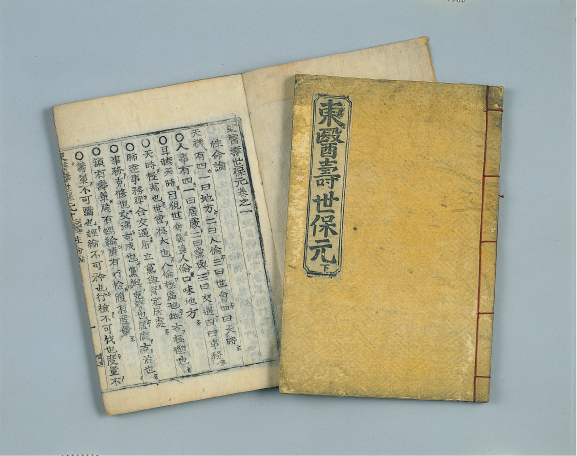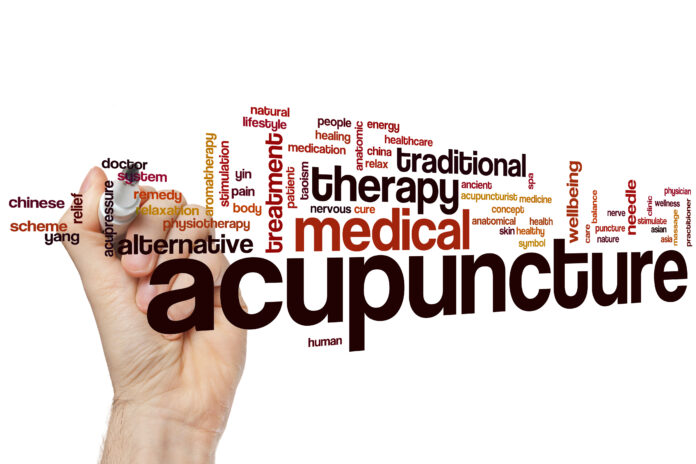By Winston Lee L.Ac., Ph.D., KMD
Brief Introduction of TKM
Traditional Korean medicine (TKM) has long history and history of TKM has started since 3000 B.C. It is traced back to the Bronze Age of Korean history, when needles made of stone and bones were found at Northern Province of Korea. Besides, literatures revealed that the Korean ancestors had developed their own unique curative folk medicine.
Although TKM has been influenced by traditional Chinese medicine (TCM), it has developed distinctive features. Around the tenth century, Chinese medical books were introduced to Korea. In those days, Koreans started movement to develop its own medical system.
The most famous book of Korean traditional medicine is ‘Donguibogam(東醫寶鑑)’ which was written in Chosun Dynasty(1392-1910). It covers broad medical fields in just one book, and it shows how Korean Medicine is different from that of Chinese.
There are three physicians from the Chosun Dynasty (1392-1910) who are generally credited with the development of TKM. They are Heo, Jun, Saam, and Lee, Je-ma.
Donguibogam(東醫寶鑑)
The Year of 2009 was a very significant year in the history of TKM, as the Donguibogam, compiled by Heo, Jun (1539-1615), was listed on UNESCO’s Memory of the World Register.

The 25-volume encyclopedia on the principles of Korean medicine, as studied up to the early 17th century, contains detailed explanations of the causes and diagnoses of a variety of diseases, how to make medicines, how to use them to treat illnesses, and knowledge about acupuncture and moxibustion.
His work further integrated the known Korean and Chinese medicine of its time and was influential to Chinese, Japanese and Vietnamese medicine at that time.
Donguibogam is the most famous book for Korean herbal formulas and valued for enhancing common people’s quality of life.
During Chosun Dynasty, only nobles could get expensive imported Chinese herbs for herbal decoctions. Heo, Jun was trying to find and introduce substitutable native herbs for poor common people.
The formulas introduced in this book are sorted according to the symptoms of the patient.
The order of contents is very comprehensive and reasonable so that any practitioner can easily search the proper formula for the patient. Donguibogam is literally translated as ‘Treasured Mirror of Eastern Medicine’.
Sa-sang Constitutional Medicine(四象醫學)
Sa-sang Constitutional Medicine was introduced and well explained in his book, Donguisoosebowon(東醫壽世保元), which is written by Lee, Jema in 1894.

And it introduces that there are four different constitutional types for human body, whose metabolism rate and features are distinguished from one another. Human being are could be classified by these four types as Tae-yang(太陽), Tae-eum(太陰), So-yang(少陽), So-eum(少陰).
Philosophy behind the theory is Neo-Confucian moral concepts such as Benevolence, Rightness, Propriety, and Wisdom.
His observation implied that the adverse response of the human body to a specific herbs. He also emphasized the mutual interaction of mind and body in a whole as the crucial point of human physiology and pathology.
Things that his Sa-sang Constitutional Medicine makes more distinctive is that Lee, Jema thought causes diseases or symptoms are not from outside such as coldness, heat, wind, moist, or dryness but failing controlling mind. This is closer concept of modern psychosomatic theories.
Saam Acupuncture(舍岩鍼法)
Saam Acupuncture was formulated by Saam. The original text that forms the basis for Saam acupuncture was produced during the Chosun Dynasty in Korea (1644~1742). The text itself was likely compiled by the students of a wandering Buddhist monk known as Saam.
The theory was based on ‘Yin-Yang’ and ‘Five Elements’ theory. According to patient’s symptoms and diagnosis, the doctor determines the points based on Saam’s acupuncture formula.
Saam acupuncture mainly uses acupuncture points at the ends of the four limbs. The basic rules are those of the creation and governor relationships. In the case of insufficiency of any meridian, the mother points of its mother and its own meridians should be tonified and the governor points of its governor and its own meridians should be sedated.
For example, the following is applied if the lung meridian is diagnosed as deficient: earth tonification, lung meridian-earth point LU9 and spleen meridian-earth point SP3 and fire sedation, lung meridian fire point LU10, and heart meridian-fire point HT8.
The other meridians follow the same rule, as described above.
© Acupuncture Times. All Rights Reserved.

































